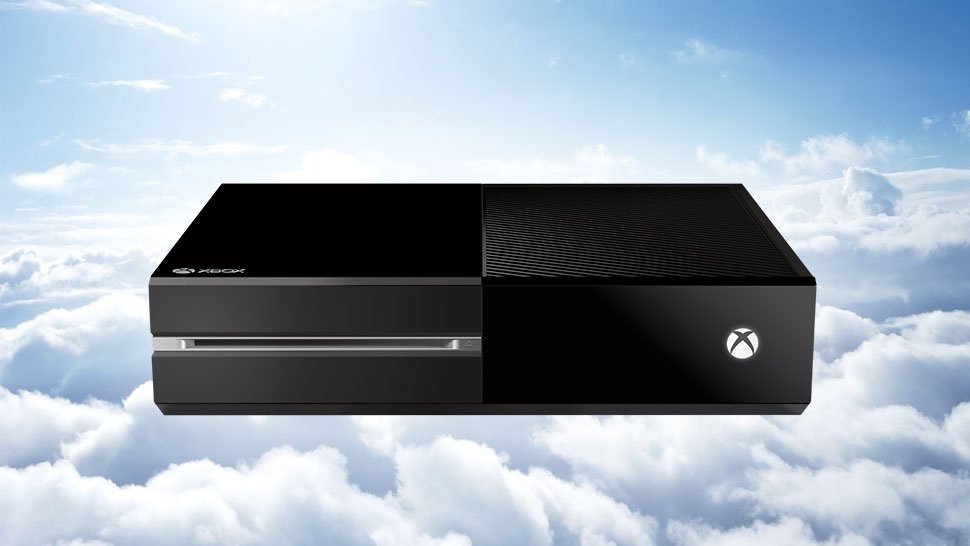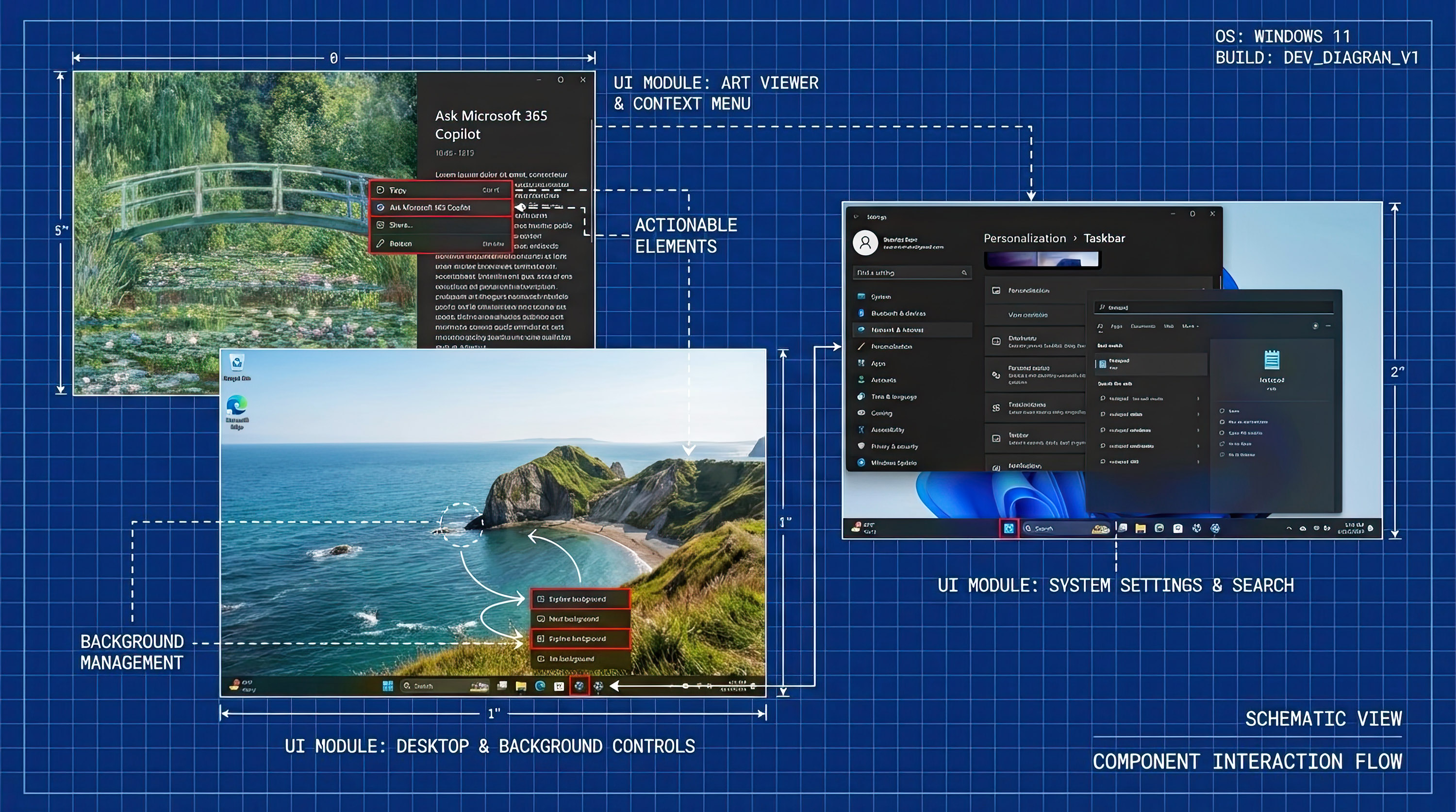Microsoft Research teams up with Duke University to cut cloud gaming bandwidth requirements
Researchers from Microsoft and Duke University have developed a new tool which dramatically reduces the necessary bandwidth needed for video game streaming.

The team composed of scientists from Duke University and Microsoft Researched have dubbed the tool "Kahawai", which is the Hawaiian for stream. Game streaming enables users to play graphically intensive games over the internet, rather than running the games natively. In theory, you could enjoy high-end games like The Witcher 3 on a device like the Surface RT.
Companies like OnLive have tried to capitalize early on the notion of all-you-can-eat video game streaming, but problems inherent with cloud gaming stifled the start-up leading to its closure earlier this year. I tried OnLive's trial and it was miles off the mark in terms of viability. When it takes 3+ seconds for your controller inputs to register on the server and feedback to your screen, the vast majority of games become unplayable.
Internet speeds aren't the only problem. Many ISPs enforce monthly bandwidth caps, particularly when it comes to mobile plans. Considering portable devices would benefit the most from cloud streaming, bandwidth requirements present a significant problem for enticing users to sign up to any potential service.
Microsoft is aware of these problems, and have been working to reduce the amount of bandwidth necessary to create a viable streaming service for some time. These latest findings by Microsoft Research and Duke University offer a glimpse at the future.
Using a technique called "collaborative rendering", the researchers have managed to split processes between the cloud and your devices hardware, cutting the bandwidth required to play high-end games. Services like OnLive fed the entire game from their own servers, but Microsoft's new Kahawai tool allows your phone or tablet's GPU to produce portions of the graphics.
The task of quickly generating fine-grained details -- such as subtle changes in texture and shading at speeds of 60 frames per second -- is still left to the remote server. But collaborative rendering lets the mobile device generate a rough sketch of each frame, or a few high-detail sketches of select frames, while the remote server fills in the gaps.
Using Doom 3 as an example, the Kahawai tool managed to cut the bandwidth required to stream the game over a 1MB line by over 80%, without any cuts in visual quality.
Microsoft is reported to have shown Halo 4 running on a Windows Phone via the cloud before, so its clear that the company has its eyes on this sort of technology. It's fairly safe to assume that we're heading for a digital future, but exactly how soon could be anyone's guess. What do you think?
All the latest news, reviews, and guides for Windows and Xbox diehards.
Source: Duke University

Jez Corden is the Executive Editor at Windows Central, focusing primarily on all things Xbox and gaming. Jez is known for breaking exclusive news and analysis as relates to the Microsoft ecosystem while being powered by tea. Follow on Twitter (X) and tune in to the XB2 Podcast, all about, you guessed it, Xbox!
